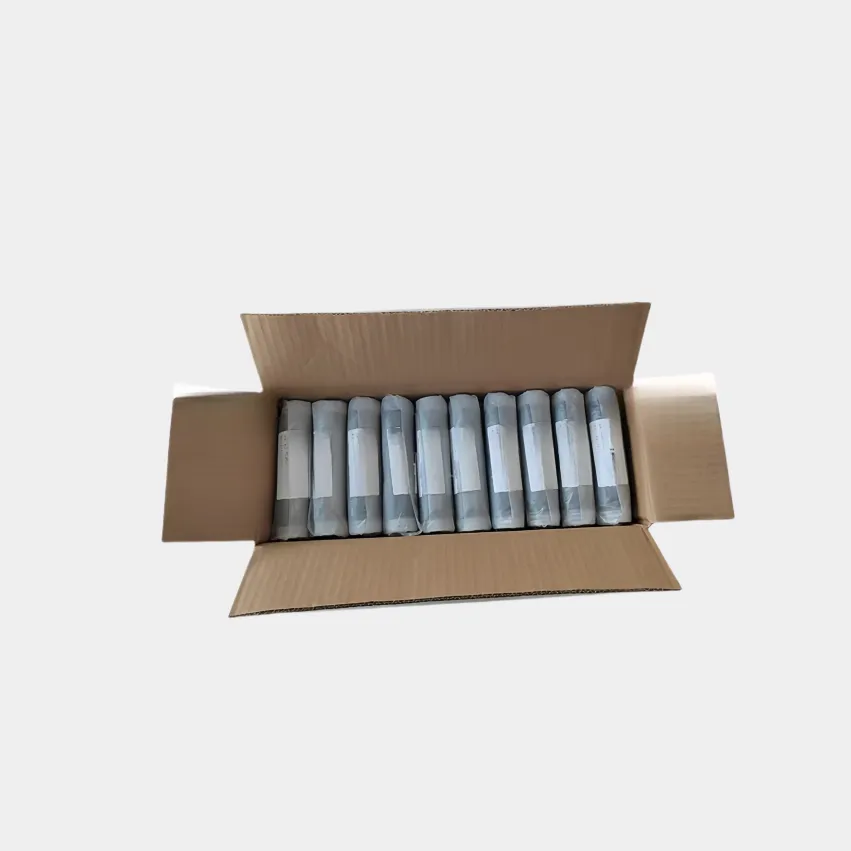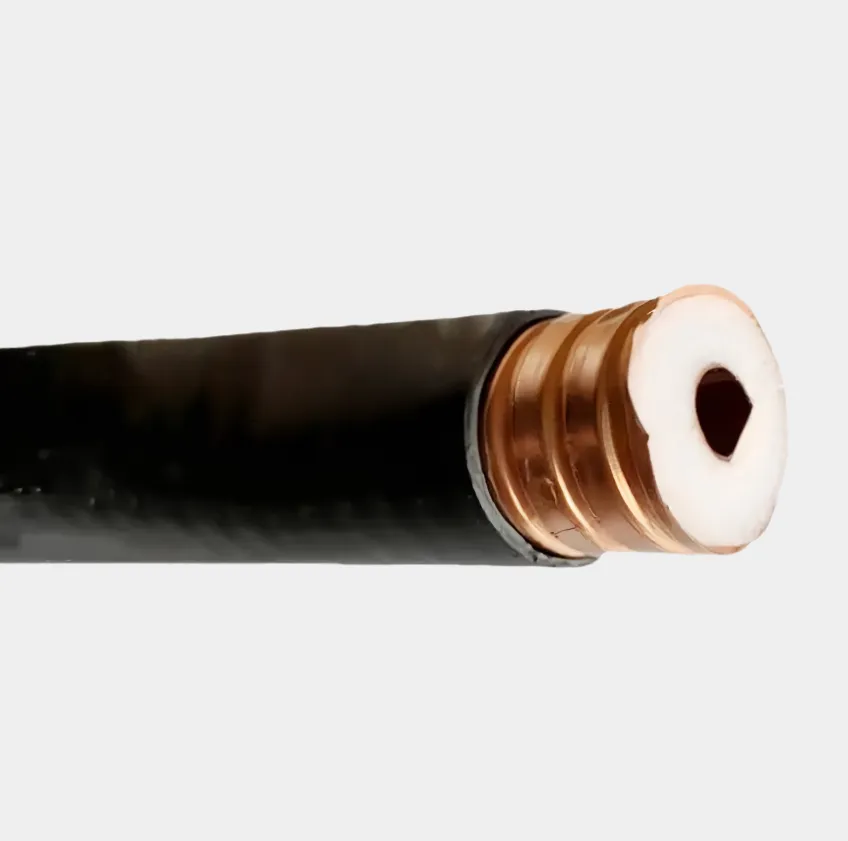Proper installation of coaxial cables is vital to maximize signal integrity and lifespan, especially in critical communication systems like 5G base stations. Before installation, inspect the cable for physical damage—any kinks, cuts, or crushed sections can degrade signal quality. Ensure the cable’s bending radius is respected; exceeding it (typically 10 15 times the cable diameter) can damage the inner conductors and shielding, leading to signal loss. For outdoor installations, weatherproofing is essential: use waterproof tape (such as Hebei Mailing’s COTRAN Waterseal Mastic Tape KC80) at connector junctions to prevent moisture ingress, which can cause corrosion and signal degradation. Grounding the cable and connectors is another key step, as it protects against electrical surges and reduces interference from nearby power lines or radio frequencies. When routing the cable, avoid sharp edges and direct contact with heat sources (like HVAC systems) or chemicals, which can deteriorate the outer sheath. Use appropriate cable ties or clamps to secure the cable, ensuring minimal tension that could strain connectors. For 5G feeder cables, such as the 1/2, 3/4, or 7/8 inch KC97 models, professional installation tools (like crimpers and strippers) are necessary to achieve precise connector attachment, as improper termination is a leading cause of signal loss. Finally, post installation testing with signal analyzers helps verify performance, ensuring the cable meets the required frequency and attenuation standards for reliable communication.


